The Stowe Gardens Chinese House
The Stowe Gardens Chinese House is the oldest surviving Chinese-style garden building in England. It was commissioned by Viscount Cobham in 1738, while Chinese culture and art were all the rage in British high society. William Kent designed the wooden pavilion and the original paintings are b Francesco Sleter.
The Chinese
House initially stood on stilts in a garden pond where Chinese ducks drowsed in the sunshine. Visitors reached it after crossing
a bridge decorated with Chinese-design vases containing flowers to find the statue of a sleeping Chinese woman inside.
After about twenty years in Stowe Gardens, the family moved the Chinese House to another property in Wooton Underwood, and then - in 1959 - on to Harristown House in Ireland.
After the
National Trust obtained Stowe Gardens in 1989, they set about buying the
Chinese House back and returning it to Stowe Gardens, where it put on public
display in 1998, before being restored in 2017.
It now sits
between the Palladian Bridge and the Lamport Gardens.
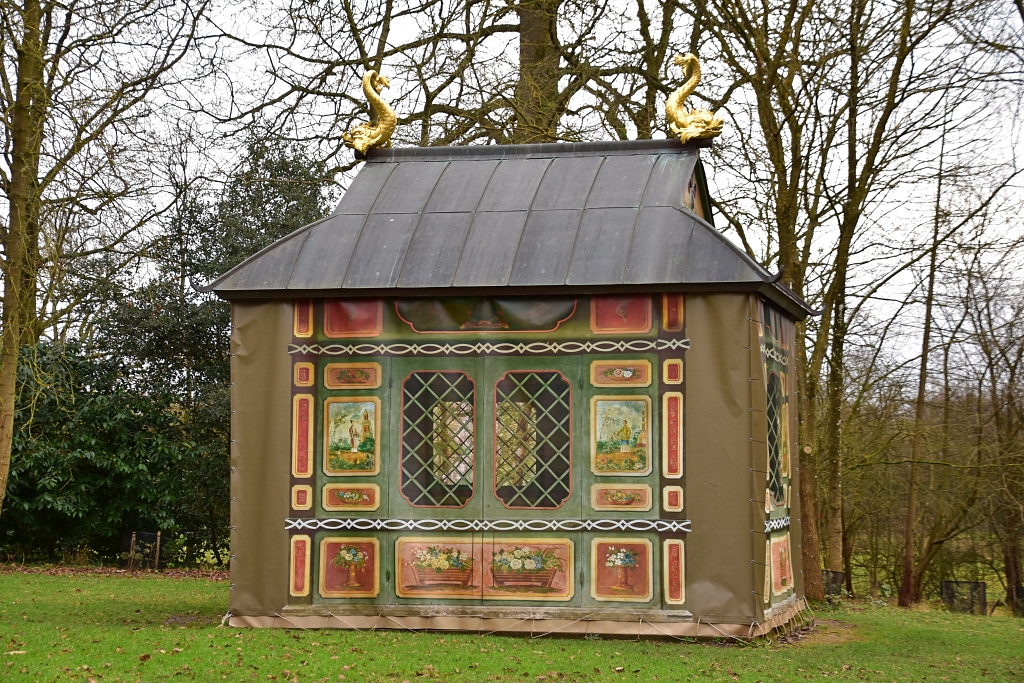 Stowe Gardens Chinese House Wrapped Up for Winter (February 2024) © essentially-england.com
Stowe Gardens Chinese House Wrapped Up for Winter (February 2024) © essentially-england.com
Revealing the Stowe Gardens Chinese House
Due to the age and delicate nature of the Chinese House, it is covered up during winter to help protect it from the worst of the elements. Below are some photos of the house without its winter coat and a few closer views of the Chinese paintings that decorate the outside panelling.
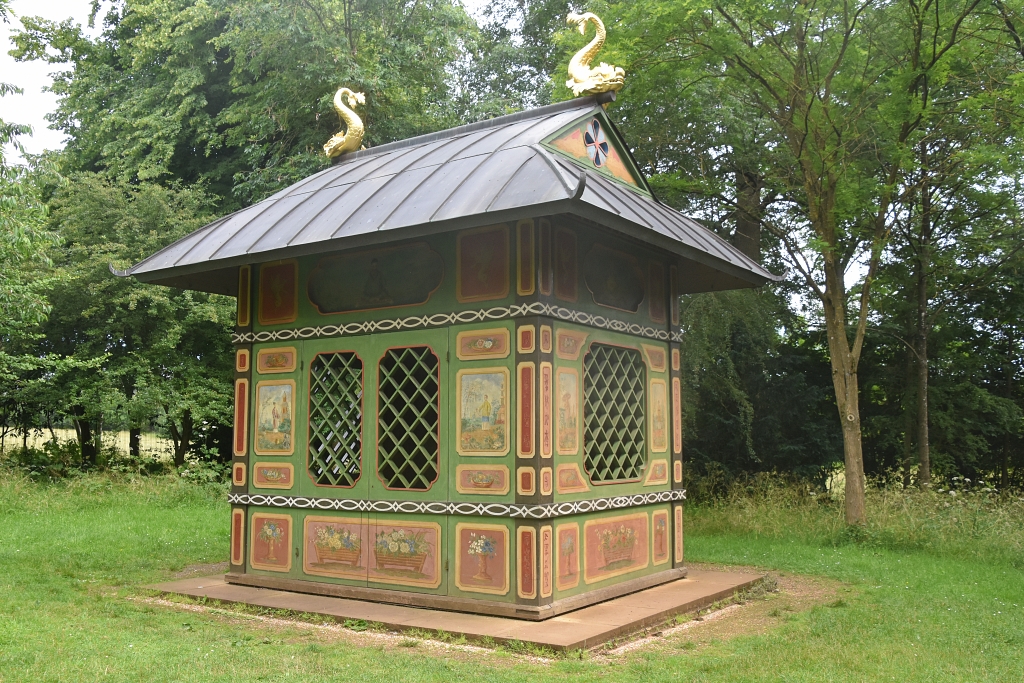 Stowe Park Chinese House in the Summer © essentially-england.com
Stowe Park Chinese House in the Summer © essentially-england.comDecorative Panels
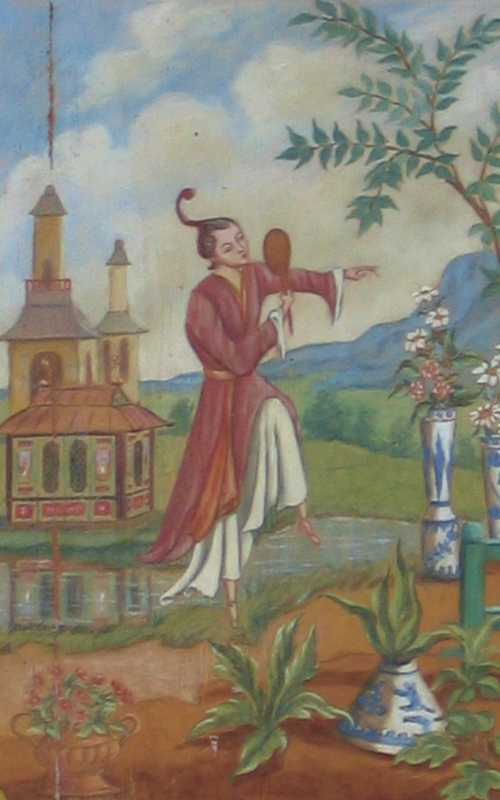 Stowe Park Chinese House Decoration
Stowe Park Chinese House Decoration © essentially-england.com
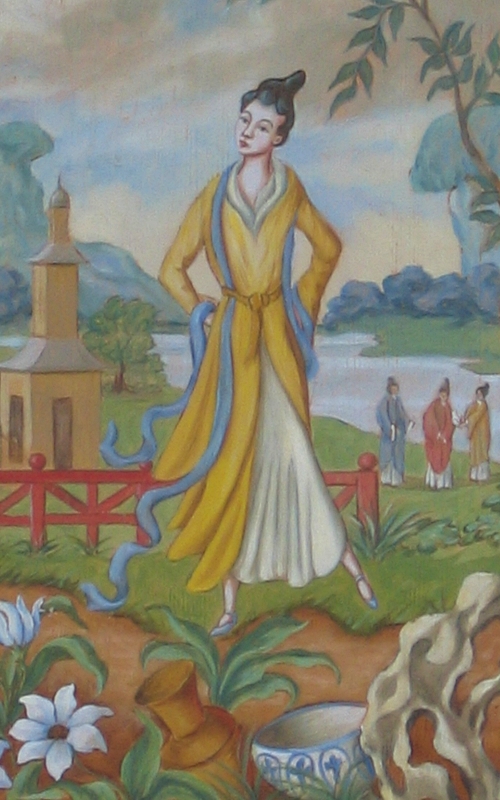 Stowe Gardens Chinese House Decoration
Stowe Gardens Chinese House Decoration © essentially-england.com
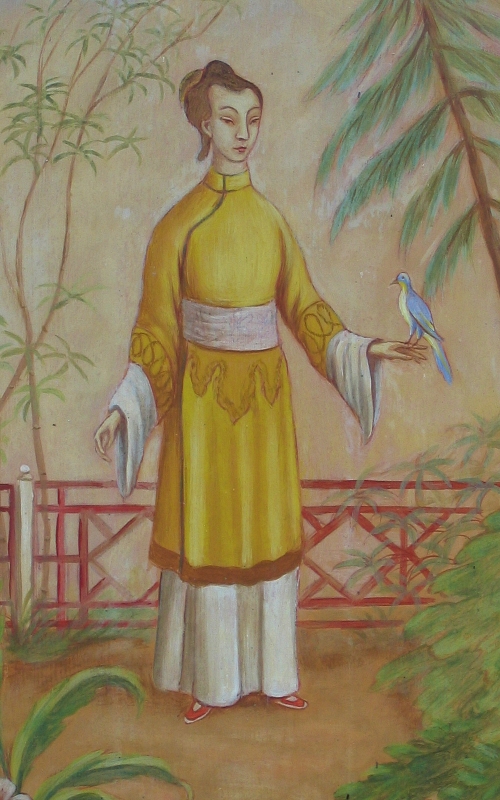 Stowe Gardens Chinese House Decoration
Stowe Gardens Chinese House Decoration © essentially-england.com
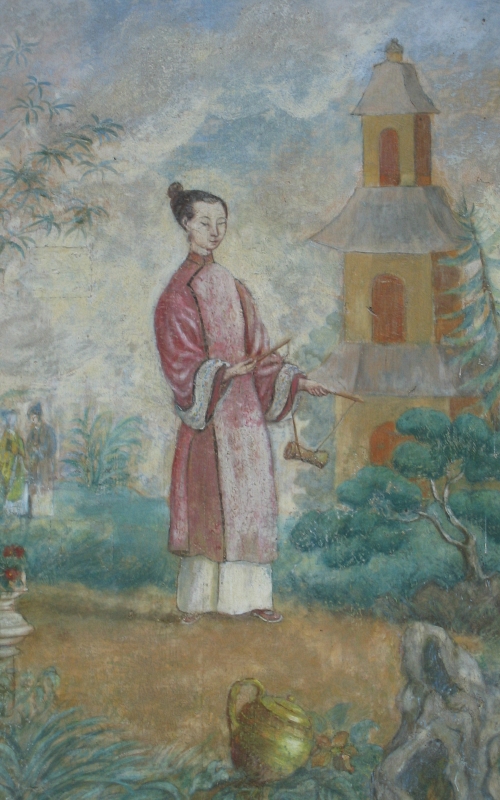 Stowe Gardens Chinese House Decoration
Stowe Gardens Chinese House Decoration © essentially-england.com
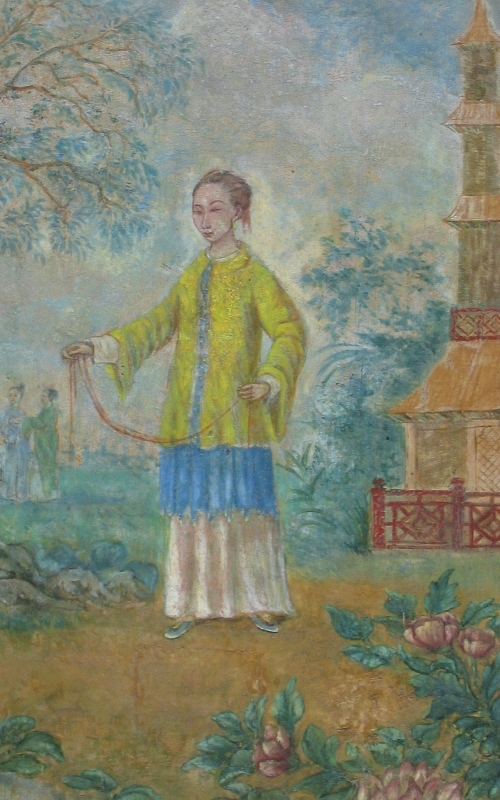 Stowe Gardens Chinese House Decoration
Stowe Gardens Chinese House Decoration © essentially-england.com
We have described our adventures exploring Stowe Gardens and the Stowe Estate as we tried to find as many of the Stowe Monuments as we could. A pictorial summary of all the monuments we discovered can be found here.
For more information on Stowe Gardens and Parkland and opening times and events please visit the National Trust website here.
If - like us - you want to take a couple of days to find all the monuments of Stowe Gardens, then a short break or long weekend is a great idea. Look for local accommodation using our Booking.com search box.
